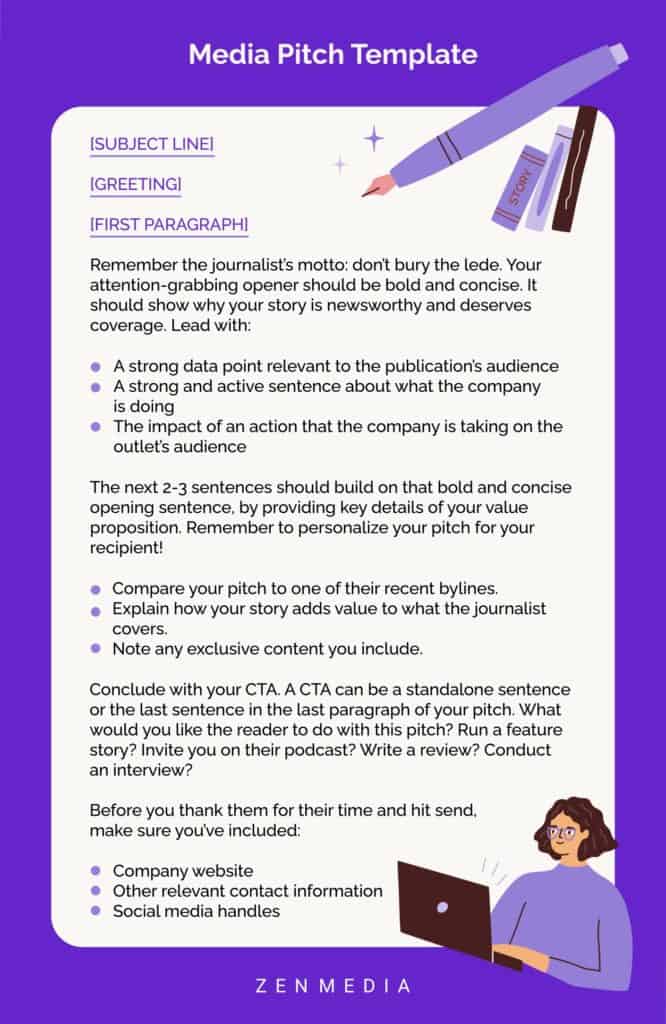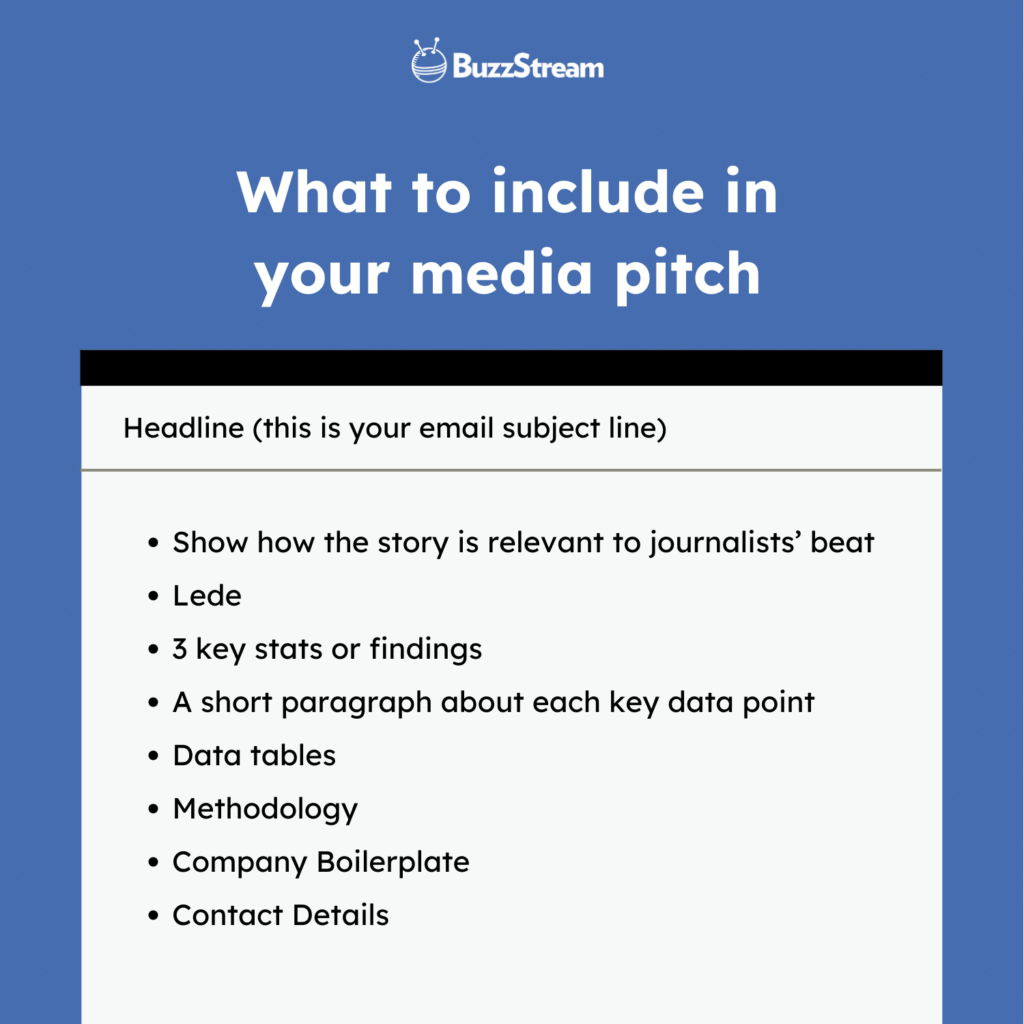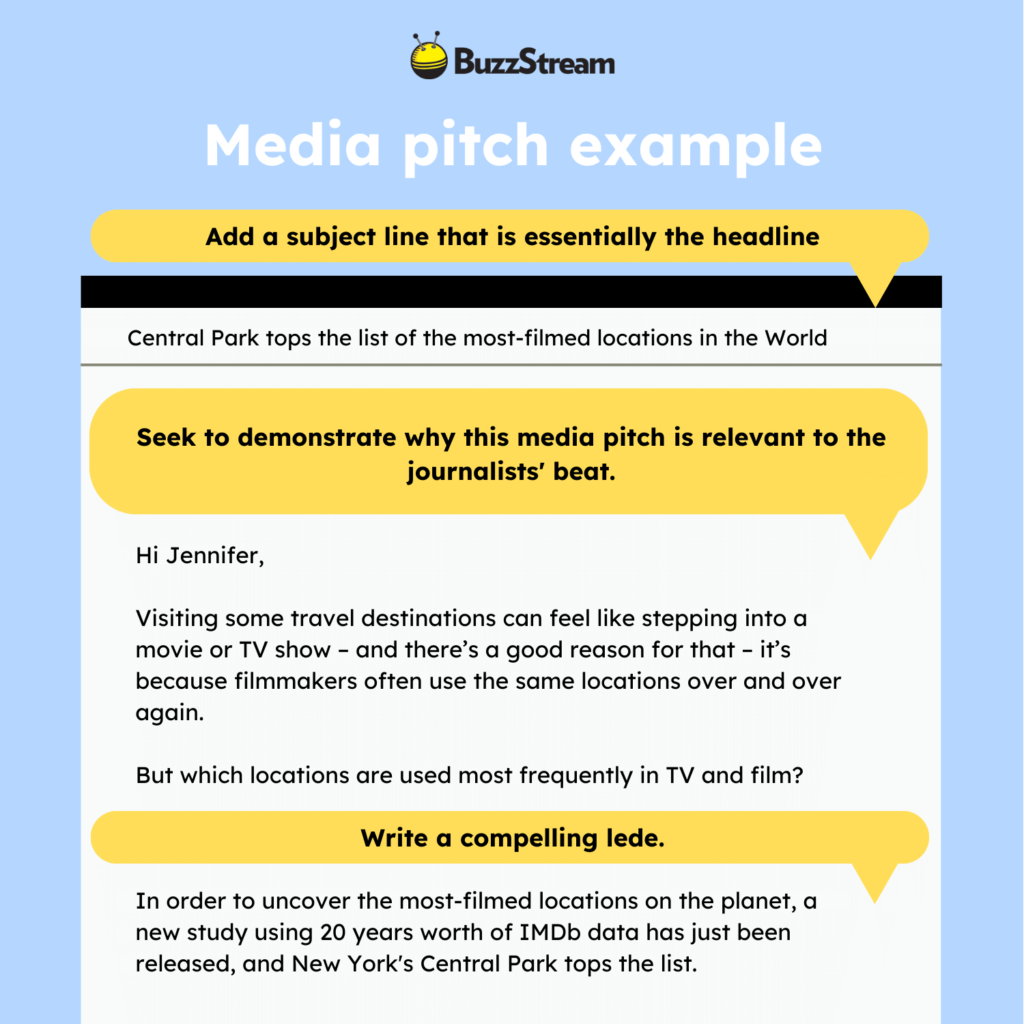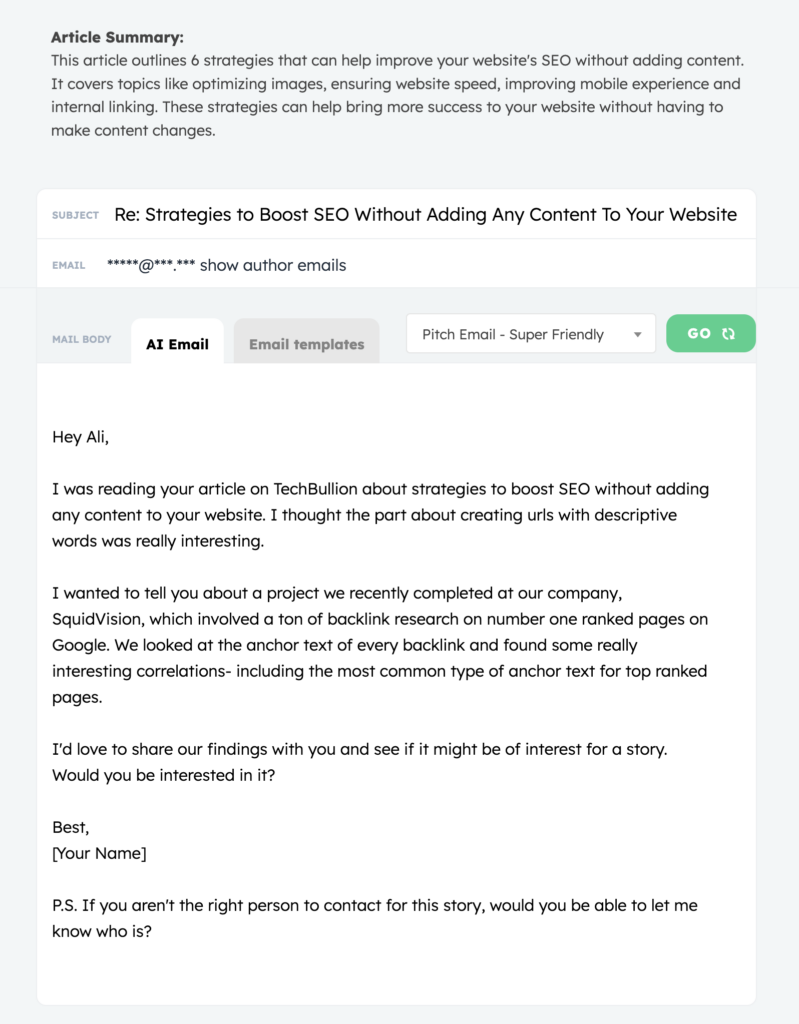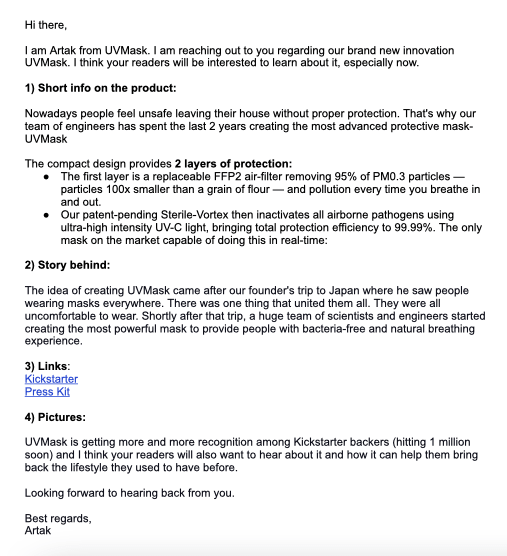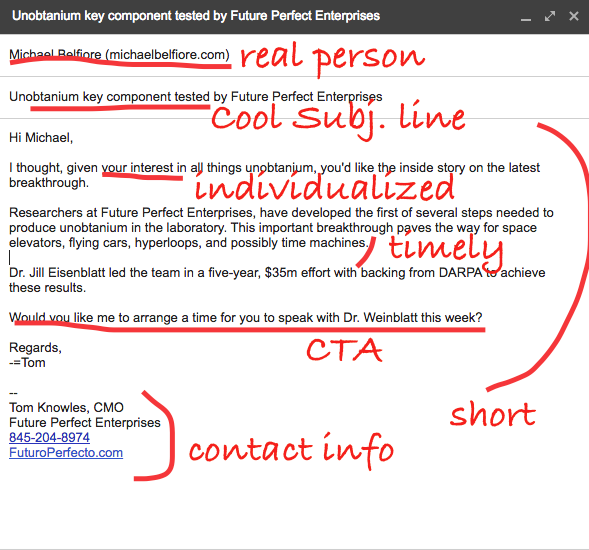How To Write A Media Pitch

Imagine a journalist, their desk a veritable mountain range of press releases, each vying for attention. A digital Everest of pitches, only the most compelling will summit. Getting your story told starts long before publication; it begins with crafting a media pitch that cuts through the noise, grabs attention, and leaves the recipient eager to learn more.
This article will guide you through the essential elements of writing a successful media pitch, equipping you with the tools and knowledge to connect with journalists and amplify your message. We'll explore the key components, from crafting a captivating subject line to building meaningful relationships with members of the press. This isn't about trickery; it's about clarity, relevance, and respect.
Understanding the Landscape
Before diving into the "how," it's crucial to understand the "why." Journalists are inundated with information, often receiving hundreds of emails daily. A poorly crafted pitch not only gets ignored but can also damage your credibility.
According to a 2023 study by Muck Rack, journalists overwhelmingly prefer email pitches that are personalized, concise, and relevant to their specific beat. Generic, mass-emailed pitches are a major turn-off. It's also vital to respect their time and understand their deadlines.
Crafting the Perfect Pitch: The Essentials
The Subject Line: Your First Impression
The subject line is your hook, your chance to grab the journalist's attention in a sea of emails. Keep it short, intriguing, and directly related to the story. Avoid clickbait or sensationalism; authenticity is key.
Instead of "Press Release: New Product Launch," try something like "Local Startup Revolutionizes Sustainable Packaging" or "Exclusive: [Your Company] Addresses Key Industry Challenge." The goal is to pique their interest without being misleading.
Personalization: Knowing Your Audience
Generic pitches scream "mass email." Take the time to research the journalist and their publication. Understand their beat, their writing style, and the types of stories they typically cover. Mentioning a relevant article they've written demonstrates that you've done your homework.
A personalized greeting, referencing a specific article or area of expertise, shows that you’ve taken the time to understand their work. For example, "I enjoyed your recent piece on renewable energy, and I thought you might be interested in..." is a much stronger opening than "Dear Editor." This level of personalization shows respect and genuine interest.
The Hook: Getting to the Point
Immediately state the most compelling aspect of your story. Journalists are busy; don't bury the lead. What's unique, newsworthy, or impactful about your announcement? This is your chance to showcase the story's value and relevance to their readership.
Start with a concise and compelling sentence that summarizes the story’s essence. Consider the "who, what, when, where, and why" to provide a clear and concise overview. Get to the point quickly.
The Body: Providing Context and Value
Once you've hooked the journalist, provide further details to support your claims. Offer compelling evidence, statistics, and quotes. Include relevant links to press releases, websites, and supporting documents, make it easy for them to find the information they need.
Keep the body concise and focused, avoiding jargon or overly technical language. Highlight the story's relevance to the journalist's audience and why it matters. A well-structured pitch focuses on providing value to the journalist, making their job easier.
Remember to include key information such as the date of the event, contact details, and any embargo information clearly stated. This helps journalists plan their coverage effectively.
Call to Action: Making the Next Step Clear
End your pitch with a clear call to action. What do you want the journalist to do? Offer an exclusive interview, provide access to resources, or invite them to an event. Make it easy for them to engage with your story. The goal is to encourage the journalist to take the next step, whether it's requesting more information or scheduling an interview.
Be direct and specific in your request, for example, "Would you be available for a brief interview next week to discuss this further?" A clear call to action simplifies the journalist's decision-making process.
Building Relationships: The Long Game
Pitching isn't just about sending emails; it's about building relationships. Engage with journalists on social media, read their articles, and offer insightful comments. Building relationships with the press is a long-term investment that can yield significant returns.
Offer genuine praise for their work and show that you value their expertise. Attend industry events and network with journalists in person to cultivate personal connections. Building trust and rapport is crucial for long-term success.
Avoid sending follow-up emails unless absolutely necessary. Respect their time and trust that they will reach out if they are interested. Overly aggressive or pushy follow-ups can damage your reputation. Be respectful and patient.
Avoiding Common Pitfalls
One of the most common mistakes is failing to personalize the pitch. Avoid sending generic emails that lack relevance to the journalist's beat. Take the time to research each journalist and tailor your pitch accordingly.
Another pitfall is burying the lead. Get to the point quickly and clearly state the most newsworthy aspect of your story. Don't make the journalist work to understand the relevance of your pitch.
Additionally, avoid using overly promotional language or making exaggerated claims. Authenticity and credibility are essential for building trust with journalists.
“The key to a successful media pitch is to be concise, relevant, and respectful of the journalist's time,” says Jane Smith, a PR professional with over 15 years of experience. “Focus on providing value and building relationships rather than simply promoting your product or service."
Measuring Success
Tracking your media coverage is essential for evaluating the effectiveness of your pitches. Monitor media mentions, social media engagement, and website traffic to assess the impact of your efforts.
Analyze the data to identify what works and what doesn't, and adjust your strategy accordingly. Metrics such as the number of articles published, the reach of the coverage, and the tone of the articles can provide valuable insights.
Use tools like Google Analytics and media monitoring services to track your progress. Continuous improvement based on data-driven insights is key to refining your media pitching skills.
Adapting to the Changing Media Landscape
The media landscape is constantly evolving, with new platforms and technologies emerging all the time. Stay informed about the latest trends and adapt your pitching strategies accordingly. Embrace new tools and techniques to stay ahead of the curve.
Consider using social media to connect with journalists and share your stories. Explore new formats, such as video pitches or interactive press releases, to capture attention. Innovation is key to succeeding in the dynamic media environment.
The principles of effective communication remain constant. Stay adaptable and continuously refine your skills to thrive in the ever-changing media landscape.
Conclusion: The Art of Connection
Crafting a successful media pitch is an art that blends strategy, creativity, and genuine connection. It requires understanding the needs of journalists, crafting a compelling narrative, and building meaningful relationships. It's about respect, relevance, and a deep understanding of the news cycle.
While the process can seem daunting, remember that at its core, it's about sharing stories that matter. By focusing on clarity, authenticity, and value, you can increase your chances of landing coverage and amplifying your message to the world. The media pitch is more than just a tool; it's a bridge, connecting your story to the audience it deserves.
Mastering the art of the media pitch is a journey, not a destination. Stay curious, stay connected, and keep refining your craft. The world is waiting to hear your story. By embracing these principles, you can connect with journalists, amplify your message, and make a lasting impact.
